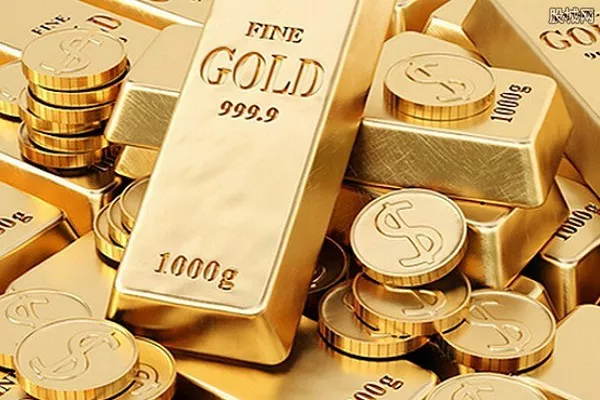Gold has held a profound allure for humanity throughout history, serving as a symbol of wealth, power, and prestige. Its value transcends borders and cultures, making it one of the most coveted and enduring assets in the world. However, deciphering the worth of a gram of gold involves delving into a complex interplay of economic, geopolitical, and market dynamics. In this article, we aim to elucidate the multifaceted nature of gold’s value, exploring the factors that influence its price and shedding light on its significance in the global economy.
The Basics of Gold Valuation:
At its core, the value of gold is determined by the principles of supply and demand. Unlike fiat currencies, which can be printed at will by central banks, the supply of gold is relatively finite. The majority of gold ever mined still exists in some form, whether as jewelry, bullion, or stored reserves. This scarcity underpins its intrinsic value, as it cannot be replicated or devalued through artificial means.
Demand for gold stems from various sources, including jewelry fabrication, industrial applications, and investment purposes. Jewelry accounts for a significant portion of global gold demand, particularly in regions with cultural traditions emphasizing gold adornment. Industrial uses, such as electronics and dentistry, also contribute to overall demand, albeit to a lesser extent.
Investment demand, however, is a primary driver of gold’s value in financial markets. Investors flock to gold as a safe-haven asset during times of economic uncertainty or geopolitical instability. Its perceived ability to preserve wealth and hedge against inflation makes it a popular choice for portfolio diversification.
Market Dynamics:
The price of gold is quoted in various currencies on global commodity exchanges, with the most prominent being the London Bullion Market Association (LBMA) and the Chicago Mercantile Exchange (CME). Gold prices fluctuate continuously throughout trading hours, influenced by a myriad of factors ranging from macroeconomic indicators to geopolitical events.
One key determinant of gold prices is real interest rates. When real interest rates are low or negative, gold becomes more attractive as an investment since it doesn’t yield interest like bonds or savings accounts. Conversely, rising real interest rates can dampen gold demand, as the opportunity cost of holding non-interest-bearing assets increases.
Currency movements also play a crucial role in gold pricing. Since gold is traded in US dollars globally, fluctuations in the dollar’s value can impact the price of gold inversely. A weaker dollar typically boosts gold prices, as it makes gold more affordable for buyers holding other currencies.
Geopolitical tensions and macroeconomic uncertainties often drive investors to seek refuge in gold, causing prices to surge during periods of instability. Events such as geopolitical conflicts, trade disputes, or economic downturns can trigger flight-to-safety flows into gold, amplifying its value as a haven asset.
Supply-side factors, including mine production, central bank reserves, and recycling activity, also influence gold prices. Despite relatively stable mine production levels, geopolitical risks in major gold-producing regions such as South Africa or Russia can disrupt supply chains, leading to temporary price spikes.
The Role of Central Banks:
Central banks play a significant role in the gold market, both as buyers and holders of gold reserves. Historically, gold has served as a cornerstone of central bank reserves, providing a store of value and a hedge against currency devaluation. While some central banks actively manage their gold reserves through buying or selling activities, others maintain a “hands-off” approach, preferring to hold gold as a long-term strategic asset.
In recent years, central banks in emerging markets, notably China and Russia, have been steadily increasing their gold holdings as part of their diversification strategy away from traditional reserve currencies like the US dollar. This trend underscores gold’s enduring appeal as a reliable store of value in a volatile geopolitical landscape.
See Also Why Is Gold Not Going Up? All You Need to Know
Conclusion:
In conclusion, the value of a gram of gold is a multifaceted concept shaped by a myriad of economic, geopolitical, and market dynamics. Its intrinsic scarcity, coupled with its perceived role as a safe-haven asset, underpins its enduring appeal to investors worldwide. Understanding the intricate interplay of supply and demand dynamics, currency movements, and geopolitical risks is essential for grasping the complexities of gold valuation in today’s global economy. As history has demonstrated, gold’s allure as a symbol of wealth and stability transcends generations, making it a timeless asset with profound implications for investors and policymakers alike.


